In the perpetual darkness of the deep-sea hydrothermal vents, where scorching mineral-rich fluids erupt from Earth's crust, thrives one of the planet's most bizarre lifeforms: the giant tube worm Riftia pachyptila. These alien-like creatures, growing over six feet tall in dense clusters resembling a ghostly forest, defy everything we know about animal biology. They possess no mouth, no gut, and no anus—a complete absence of a digestive system that would spell instant doom for nearly all other organisms. Yet here, in this toxic pressure cooker of superheated water and suffocating darkness, they flourish by the millions.
The discovery of these worms in 1977 during a dive by the submersible Alvin near the Galápagos Rift sent shockwaves through the scientific community. Before this, all known complex life depended on photosynthesis—directly or indirectly—for survival. Riftia and its extremophile neighbors revealed an entire ecosystem powered not by sunlight, but by chemosynthesis, where microbes convert volcanic chemicals into energy. This revelation forever changed our understanding of life's potential, both on Earth and beyond.
At first glance, the worms appear deceptively simple—blood-red plumes protruding from white chitinous tubes, swaying gently in the vent's currents. The crimson hue comes from hemoglobin, but unlike our own oxygen-carrying version, Riftia's hemoglobin binds both oxygen and hydrogen sulfide, the latter being a lethal poison to most animals. This adaptation allows them to transport the vent's toxic brew safely to their internal guests: billions of chemosynthetic bacteria housed within a specialized organ called the trophosome.
The partnership between worm and microbe is so intimate that it blurs the line between separate organisms. The bacteria, belonging to the group Gammaproteobacteria, perform a biochemical magic trick—oxidizing hydrogen sulfide to produce organic carbon, the worm's sole food source. In return, the worms provide a stable, nutrient-rich environment and constant access to vent chemicals. This symbiosis is so efficient that Riftia boasts one of the fastest growth rates among marine invertebrates, reaching maturity in just two years despite the extreme environment.
How does a creature evolve to abandon something as fundamental as eating? Scientists trace this evolutionary leap to small, free-living ancestors that initially grazed on chemosynthetic bacteria around weaker vents. Over millennia, as the worms colonized more intense vent systems, internalizing their food source became a survival advantage. The digestive tract, now redundant, gradually disappeared—a dramatic example of "use it or lose it" evolution. Today, the worm's entire anatomy revolves around servicing its bacterial partners, from its elaborate gill-like plume that absorbs vent chemicals to its muscular body that contracts rhythmically to pump nutrients through the trophosome.
The extreme specialization comes with existential risks. Hydrothermal vents are ephemeral, their chimneys collapsing as mineral deposits accumulate or volcanic activity shifts. When a vent dies, entire Riftia colonies face extinction unless they can disperse to new sites. Remarkably, the worms release swarms of microscopic larvae equipped with basic chemosensory abilities to detect distant vent plumes. These tiny explorers ride deep-sea currents for weeks—an eternity in the deep—until encountering the faint chemical signature of a new vent, where they settle and begin the cycle anew.
Beyond their biological marvels, these gutless wonders hold profound implications for astrobiology. Jupiter's moon Europa and Saturn's Enceladus, both harboring subsurface oceans heated by tidal forces, could host similar chemosynthetic ecosystems. If life exists there, it might well resemble Riftia—relying not on sunlight but on planetary chemistry, with bodies radically redesigned by evolution to exploit alien energy sources. The worms also challenge our definitions of individuality, demonstrating that sometimes the line between separate organisms becomes so blurred that survival depends on becoming something new altogether.
As deep-sea mining companies eye mineral-rich vent systems, and climate change alters ocean chemistry, these extraordinary worms face uncertain futures. Their existence reminds us that life, in its infinite creativity, can thrive in places we once deemed impossible. In the crushing depths where Earth itself bleeds molten minerals, Riftia pachyptila stands as a testament to biology's resilience—a creature that discarded one of animal life's most basic functions only to master the art of survival in nature's most unforgiving kitchen.
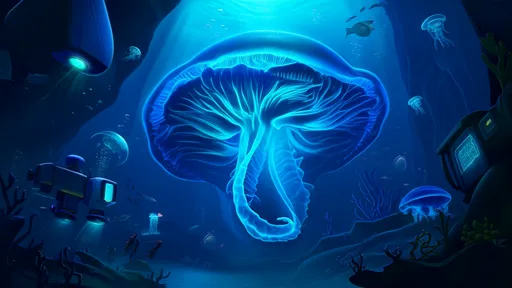
By /Jun 10, 2025
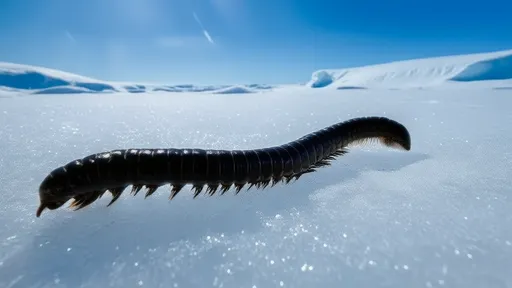
By /Jun 10, 2025
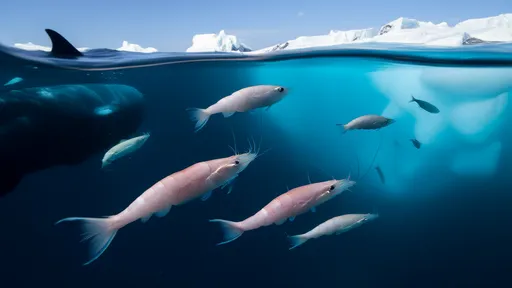
By /Jun 10, 2025
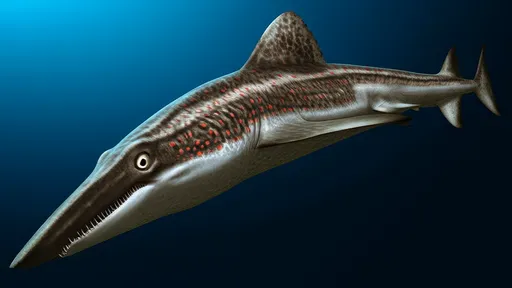
By /Jun 10, 2025
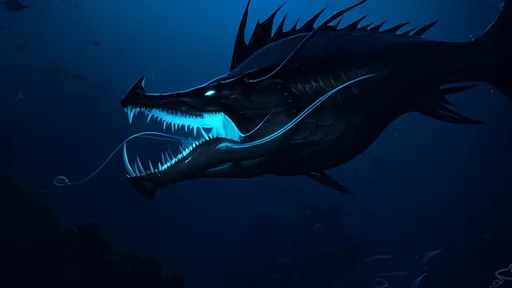
By /Jun 10, 2025
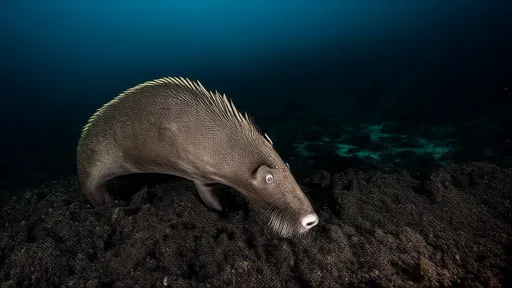
By /Jun 10, 2025
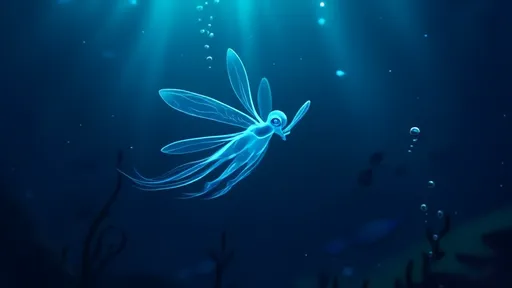
By /Jun 10, 2025
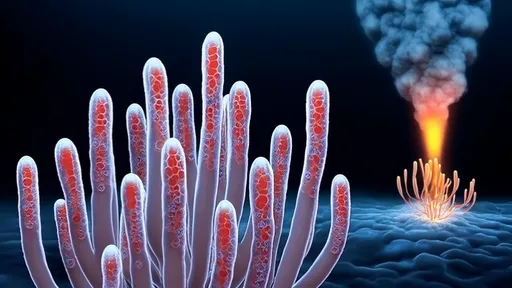
By /Jun 10, 2025
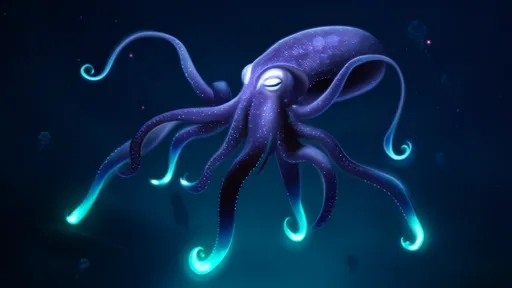
By /Jun 10, 2025
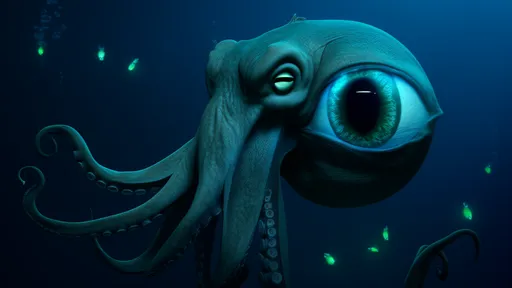
By /Jun 10, 2025
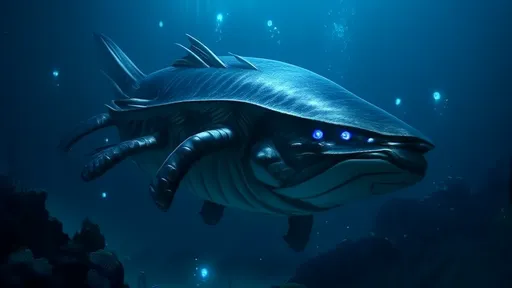
By /Jun 10, 2025
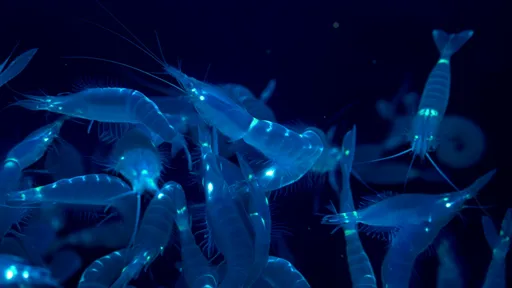
By /Jun 10, 2025
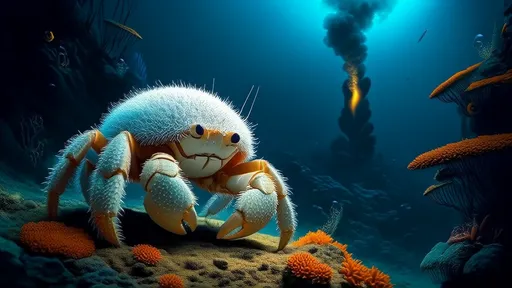
By /Jun 10, 2025
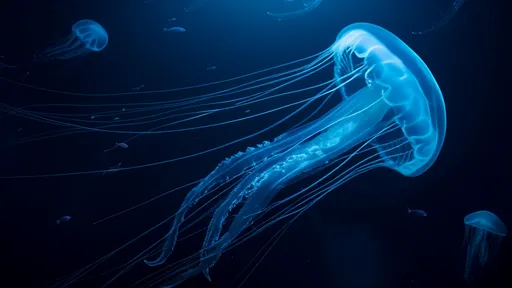
By /Jun 10, 2025
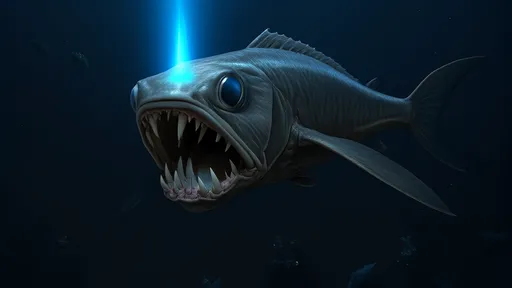
By /Jun 10, 2025